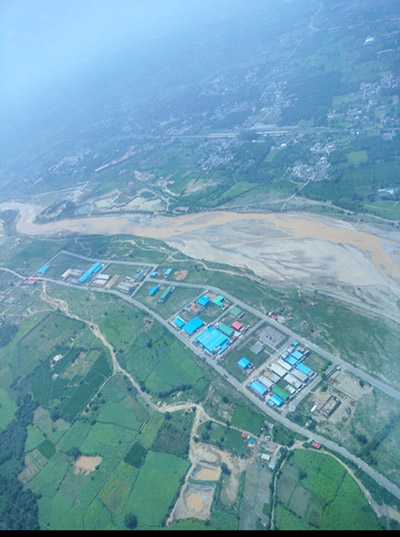SHIMLA - Dam authorities are under scrutiny for triggering a disaster of significant proportions. Chief Secretary Prabodh Saxena has criticized them for failing to adhere to the Dam Safety Act-2021 (DSA) and Central Water Commission guidelines. However, the state government also shares a portion of the blame for its slow response.
As the IMD Centre Shimla had issued a red alert on July 5-6, warning of the impending extremely heavy rains in the monsoon season, the state government's reaction was lethargic.
Saxena chaired the meeting, which was attended by DGP, Revenue Commissioner, and Energy Director and others, on dam safety, discharge norms, and accountability, on August 16, after the damage was done.
Chief Secretary did not specify as to who are the culprits- BBBM, BSL, Pong Dam, NTPC, SJVN,NHPC, state's own Dam safety Cell.
The State Dam Safety Cell, responsible for anticipating disasters, was caught unprepared. It failed to activate the dam safety cell team in time despite the establishment of the 14-member National Committee on Dam Safety (NCDS) under the Central Water Commission in February 2022.
The people in Pandoh, Balh, Mandi Dharampur and in low lying areas faced floods. Balh valley was submerged in water for days.
But the major brunt from the sudden release of water from Pong Dam was borne by the people in low lying region of Indora, Nagrota and other hundreds of villages where the farmers lost their crops to the flood water.
Even Malana weir did not function. The flood in the Malana khad pumped boulders and debris into the weir manned by the Bhilwara group and blocked the passage of water down stream. NDRF had a tough time to remove the blockade for days together. 
The Chief Secretary, however, pointed out the the mandates of the Dam Safety Act: surveillance, inspection, operation, and maintenance of specified reservoirs.
The negligence of the unnamed dam authorities resulted in significant losses across public, private, and agricultural sectors.







